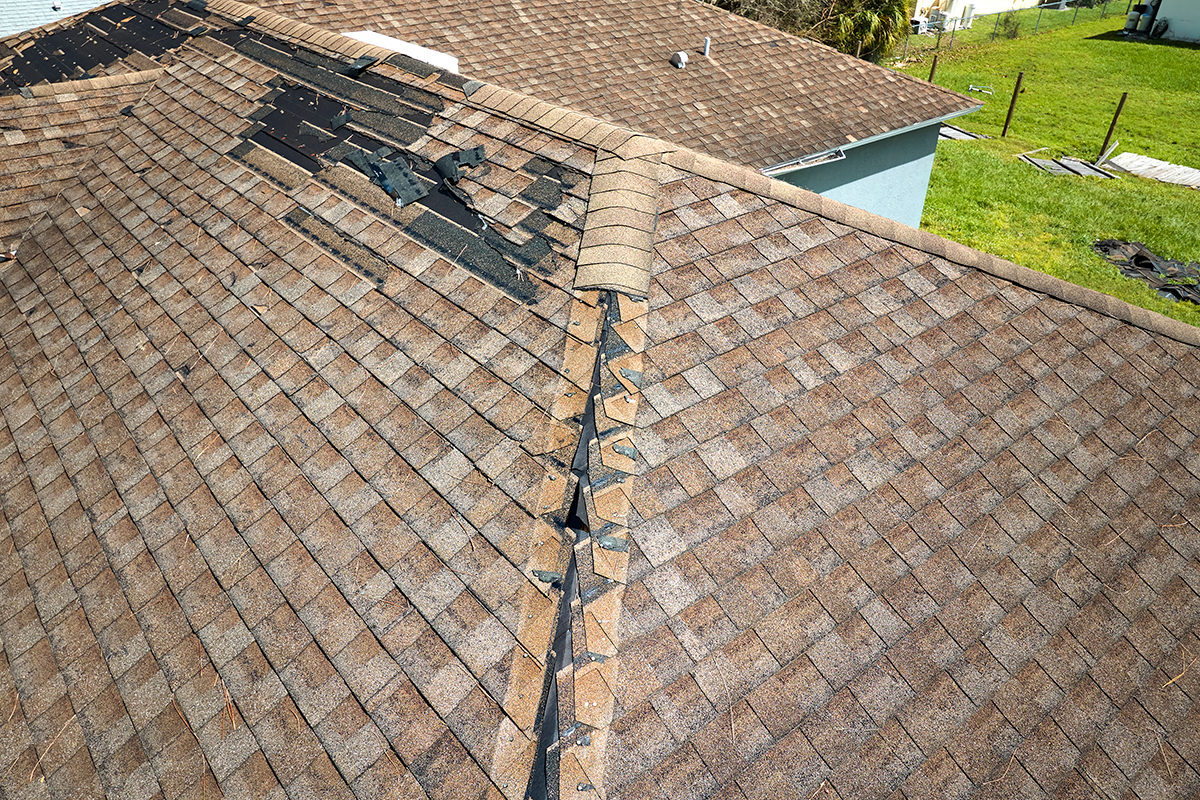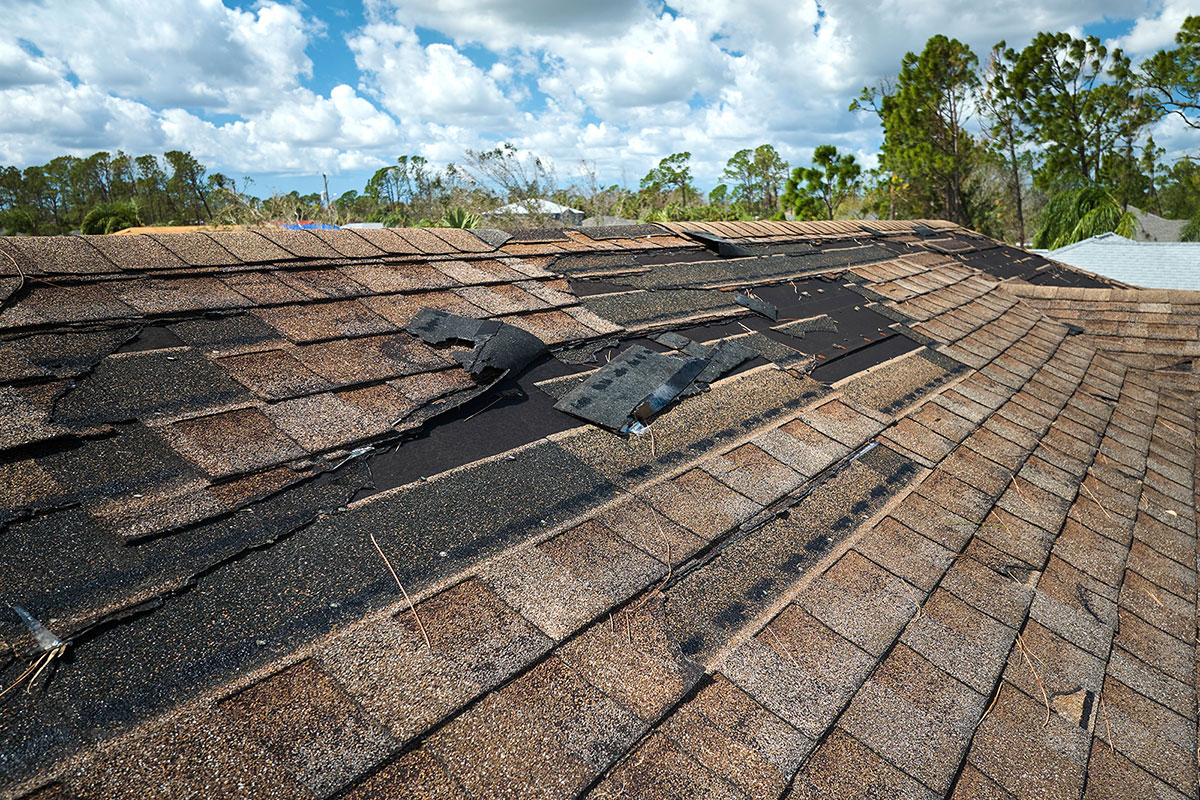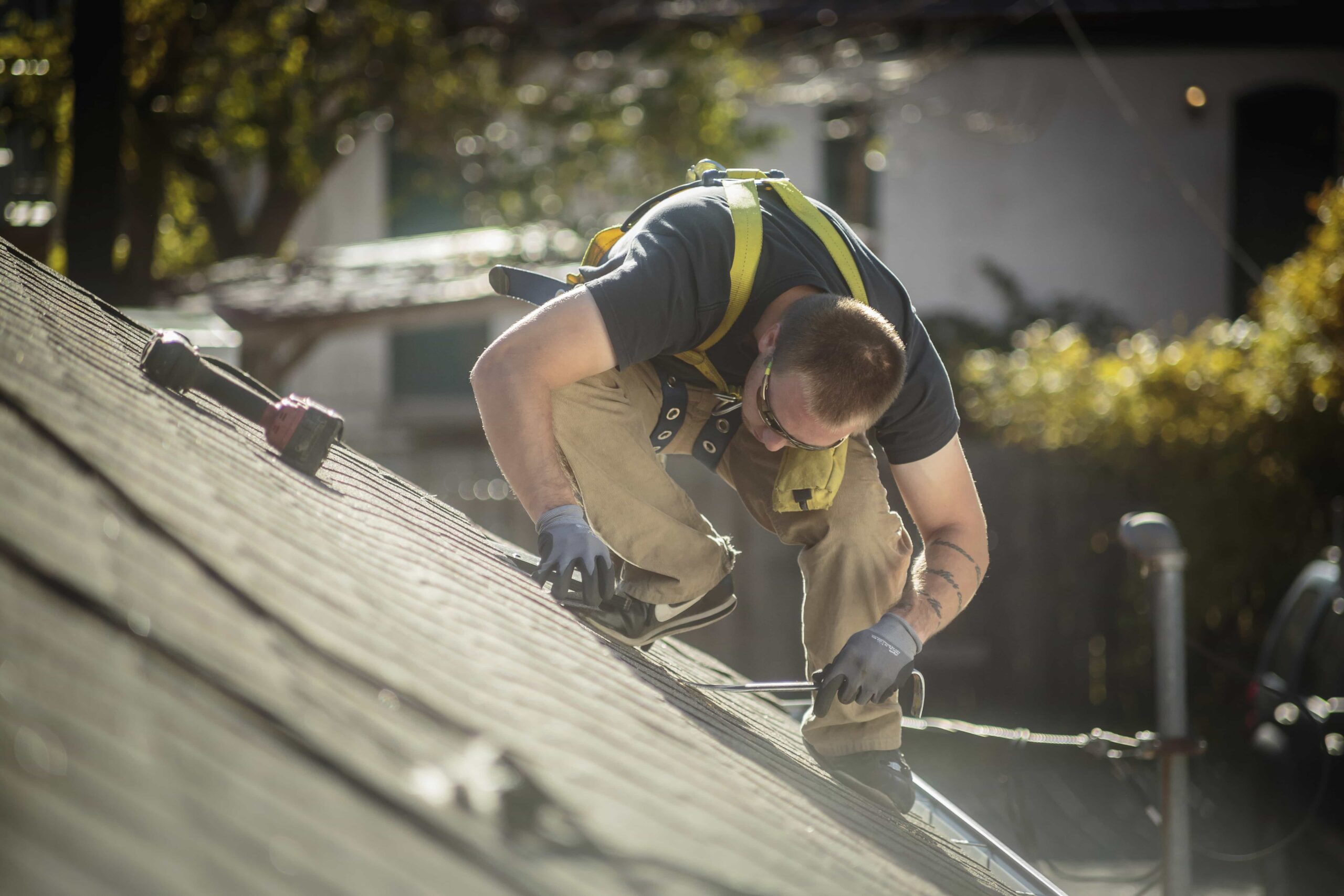
Shingle Blistering Vs Hail Damage
Our homes are built with enough durability and strength to remain immune from the harmful effects of harsh weather conditions. Residential roofing, gutters, and siding systems are constructed with full longevity in mind during manufacturing. However, there’s still potential for them to fail or break down from storm damage.
The major question that might come to you is how to protect your home from damage caused by wind, rain, hail, or other environmental impacts. Two common issues that homeowners find are shingle blistering and hail damage. We’ll explore the differences between the two issues, helping better understand how to identify and address them.
Shingle Blistering Vs Hail Damage
Shingle Blistering
Shingle blistering occurs with the small, bubble-like formation that develops on the surface of asphalt shingles. All these blisters are filled with moisture, air or a combination of both. The causes of blistering might vary, but there are some common factors:
- Manufacturing Defects: – Poor shingles might include excess moisture or inadequate adhesives that lead to blistering with time.
- Installation Issues: – Improper installation, like insufficient ventilation in the attic or improper nailing, can contribute to shingle blistering.
- Moisture Buildup: – Poor attic ventilation or trapped moisture beneath the shingles can lead to the formation of blisters.
Excessive Heat: Prolonged exposure to high temperatures, especially in regions with intense sunlight, can lead to the blistering of asphalt shingles.
Hail damage
Hailstorms can pose a significant threat to roofing materials. It is characterized by the impact of hailstorms on the roof that leads to various issues like:
- Granule Loss: – Hailstones can dislodge the protective granules on asphalt shingles, exposing the underlying materials to the elements.
- Cracks or Punctures: – Hailstones lead to the punctures and cracks in shingles, compromising their structural integrity.
- Weakened Roofing Materials: – Hail damage might decline roofing material, making it more susceptible to leaks and other issues with time.
Metal Roofing Dents: – Metal roofs remain susceptible to dents from hail, impacting the roof’s functionality and aesthetic appeal.

Identifying Shingle Blistering Vs Hail Damage
A bubble-like formation on the surface of shingles frequently characterizes Shingle Blistering. All such bubbles might vary in size and be scattered across the roof. With time, blisters might burst, leaving behind a pockmarked appearance on the shingles. If you witness shingle blistering on your roof, you must promptly witness underlying issues. This might involve repairing ventilation issues, replacing damaged shingles or consulting with a professional to determine the best course of action.
Inspection of the roof for hail damage involves looking for signs like dental metal surfaces, cracked or bruised shingles and granule loss. Suppose you witness any recent hailstorm; it’s crucial to examine potential issues earlier. Hail damage might need replacement of damaged shingles, repair of punctures, and complete roof replacement. It is required to consult with a roofing professional to evaluate the damage’s extent and identify the appropriate solutions.
To Sum It Up
For effective roof maintenance, it’s crucial to understand the differences between shingle blistering and hail damage. Regular inspection and timely repairs can assist in prolonging the lifespan of your roof, ensuring it continues to safeguard your home from the elements.
Excel Construction Group professionals can perform manufacturing properly and install roofs by taking proactive measures that can save homeowners from more extensive and costly repairs in Texas, Colorado and Oklahoma. Contact us at (844) 601-ROOF (7663) for a free roof inspection and to get your roof repaired at affordable prices.







































